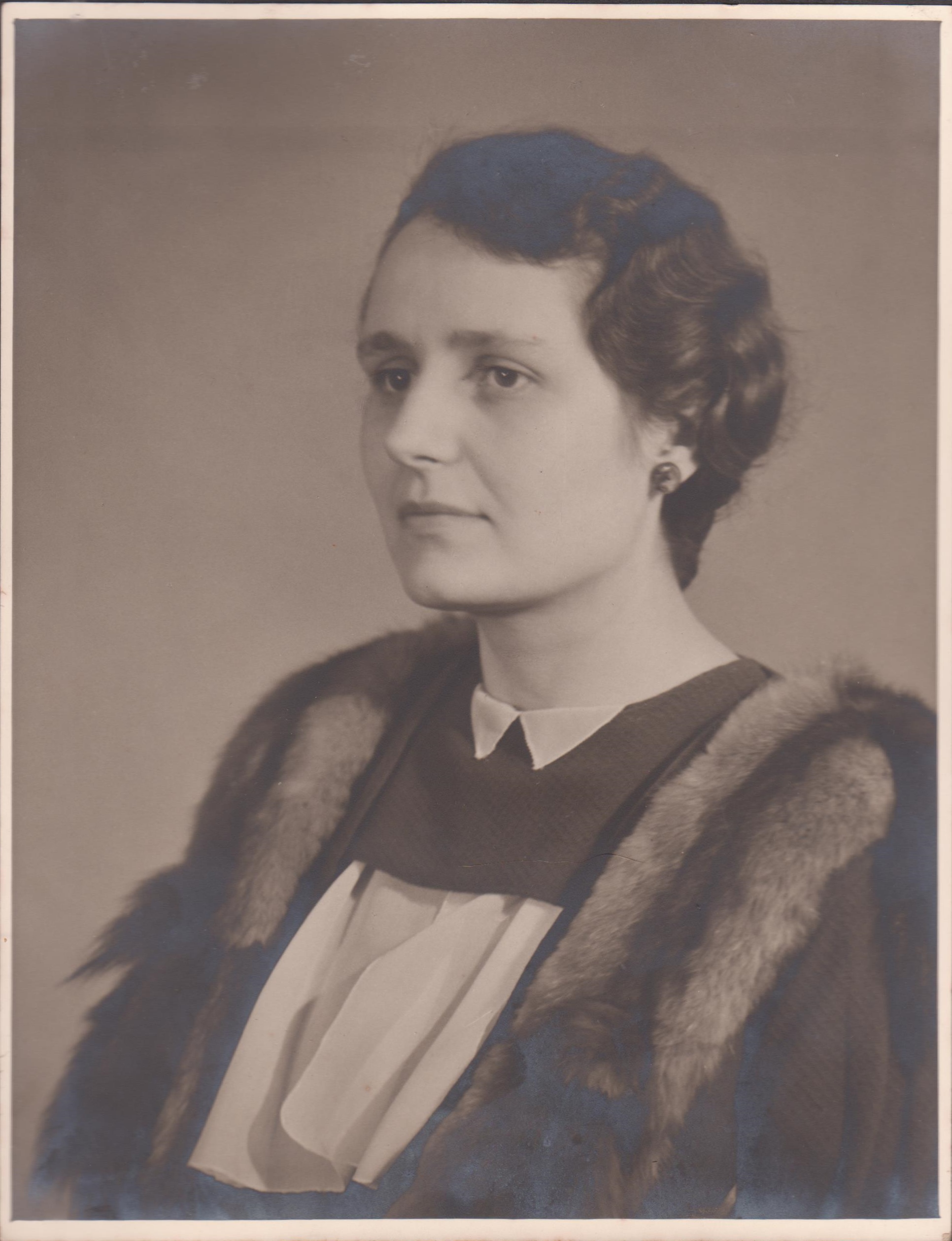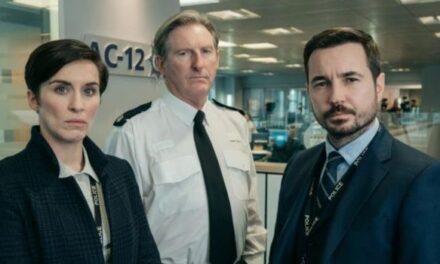
Margery Wace in 1935. With kind permission of Cecilia Johnson.
My first visit to the BBC’s Written Archives Centre was in 2002. I was working as a producer on Woman’s Hourand had applied for a three-month attachment to what was then the Diversity Centre, to research and write a history of women at the BBC. Hardly anything was known back then, especially of the early years – the only name that was continually mentioned to me was Grace Wyndham Goldie, who had a formidable career that spanned the mid-1930s to the mid-1960s, mainly in current affairs television. There was one book that did refer to women. Volume Two of Asa Briggs’ History of Broadcasting in the UK, which covered the years 1927-39. Here there was a paragraph in which he wrote that women were employed at ‘many different levels’ and how they played ‘a key part’ in the running of the organisation. He also named several individuals.[i] This was my starting point at WAC.
In the rush of that first foray into the archive, I didn’t pay attention to whether files I requested had been opened specially for me. It was when I began my PhD in 2005, which explored women’s work in the BBC before the Second World War, that I began to experience the thrill of realising that I was the first person to look at these long-hidden documents. Women such as Isa Benzie who became the BBC’s Foreign Director in 1933; Olive Shapley, an innovator of radio features and Florence Minns, who established the BBC library. There were files on, for example, women clerical workers in the variety department, on the grades and salaries of telephonists and the Women’s Interests Section. Often the personal files of the women I wanted to research had been destroyed, such as Hilda Matheson the BBC’s first Director of Talks in 1927 (who Briggs did acknowledge in his history), and Margery Wace, one of the pioneers of women’s programming. This meant that the only way to recreate their working lives was to search through any number of files that they might be associated with.
One rich source I discovered when seeking out traces of Matheson and Wace, as well as many others, were the WAC’s large cache of contributor files and I was the first person to turn the pages of the correspondence with the BBC of women such as the politician Margaret Bondfield, the writer EM Delafield and the fashion editor Alison Settle. Programme files too are of huge value in the quest to understand the dynamics of production and the role that women played. I can’t be certain if I was the first to see these files but those of The Week in Westminster, for example, which was begun by Matheson in 1929 as a way to inform newly enfranchised women about the workings of parliament, are full of memos from Margery Wace, and later Janet Quigley, which show their determination to constantly nurture and improve the programme.
In 2012 I started a new career as an academic and have published widely about BBC women. The WAC has been at the centre of all my work, and I continue to have a passion to put women back into the history of the BBC. The BBC have been more than happy to use my work: I’ve written blogs and articles for them, spoken on BBC programmes and was delighted to see that a great many of the women I’ve uncovered over the years were celebrated during the BBC’s centenary year in 2022. Along with Jeannine Baker, in 2018 I co-curated the BBC’s Pioneering Women website, https://www.bbc.com/historyofthebbc/100-voices/pioneering-women with contributions from academics who have made fascinating and important discoveries about BBC women through their research at WAC including Emma Sandon, Kate Terkanian, Helen Wood and Vicky Ball.
Although most of my work to date has been about radio and the institutional BBC, I have written about television. In 2022, CST published my article ‘In on the Ground Floor’: Women and the Early BBC Television Service, 1932-1939.[ii] This drew extensively on WAC resources, most specifically the departmental files on women television staff and the staff files of Mary Adams and Joan Gilbert. Mary Adams, who joined the BBC in 1930, played a key role in post-war television – indeed she supported and promoted Grace Wyndham Goldie. Joan Gilbert was central to the early Picture Page programme, becoming editor in 1946.
Earlier this year, CST published a collective article written by members of the International Women’s Broadcasting Histories network (IWBH), to which I belong, which explored the challenges of doing archival research into women’s work in broadcasting.[iii] The article was published just as the BBC’s new policy about independent access to WAC was coming into force. It was towards the end of 2023 that I had first encountered issues with my requests for files that hadn’t been vetted. At first this appeared to be temporary, while an audit was carried out, but in February this year the full-scale horror of the new policy became clear.
Without access to unvetted files, it becomes impossible for academics and researchers to undertake any new projects into BBC history. For those researching histories of gender, race, and sexuality, for example, which have long been hidden, it is nothing short of catastrophic. The campaign to retain independent access to the archives is gather pace. For more information please visit https://tinyurl.com/bbcwaccampaign
Kate Murphy is a Visiting Fellow at Bournemouth University. Prior to her academic career, she was a BBC producer, predominantly on Radio 4’s Woman’s Hour. Her book Behind the Wireless: A History of Early Women at the BBC was published in 2016.
Footnotes
[i] Asa Briggs, The Golden Age of Broadcasting: The History of Broadcasting in the United Kingdom, Vol. 2 (London: Oxford University Press) pp.457-8.
[ii] Critical Studies in Television, 2022, Vol. 17(3) 240–253.
[iii] Critical Studies in Television, 2025, Vol. 20(2) 240–266





